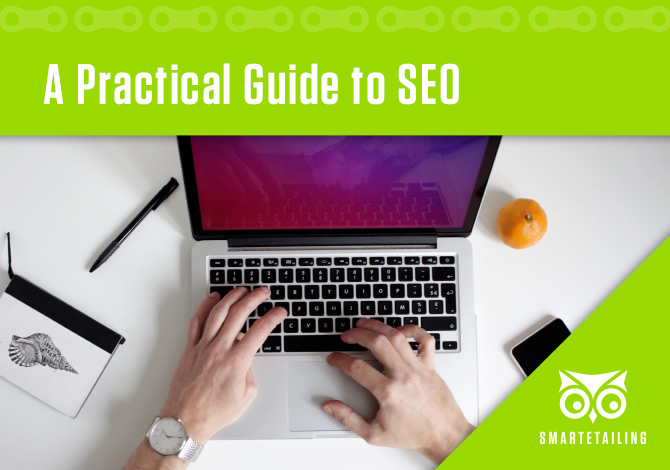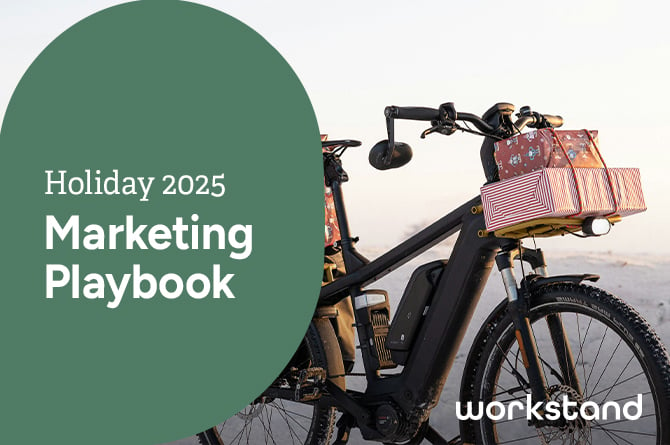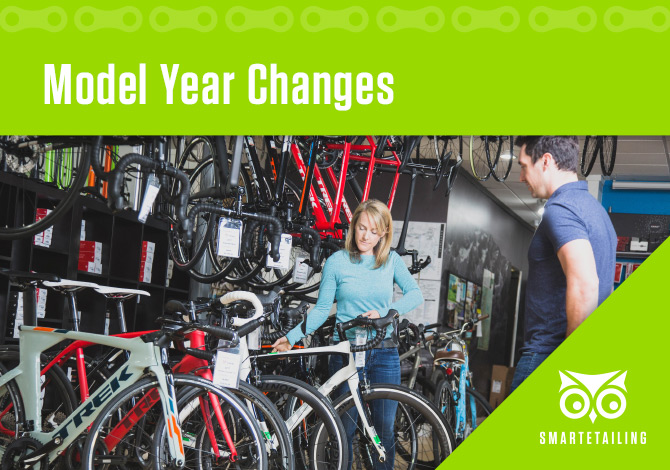Why You Shouldn't Be Afraid of SEO

There is a lot of noise out there regarding SEO (search engine optimization). Poorly written emails promising "always be #1 on search results," boundless click-bait articles telling you the "5 SEO Tips You Must Do Now," all pushing tools, platforms, and consultancies. These companies know that fear is an effective sales tactic.
I’d like to propose another approach to the topic of SEO - don’t be afraid.
The functionality of search engines has changed drastically and frequently over the past 20 years but it’s all been in an effort to improve the experience of end-users.
The 2 Purposes of SEO
When all is said and done, search engines have 2 purposes:
- Index the internet
- Provide a quality experience and reliable answers to user queries
Which means the purpose of SEO is:
- Help search engines understand and index your content
- Offer a quality experience to users
Purpose #1 - Index The Internet
When search engines started doing their thing 20+ years ago, the internet was the wild west. Search engines had little to go off of to understand what content was on a website and whether it was relevant to a search query. Web developers had to code a lot of signals that would help search engines better understand the topics that their website covered.
Many of these signals still exist today and are a recommended best practice of any SEO strategy. But many web platforms—like Shopify, WordPress, Squarespace, and, yes, even SmartEtailing—have baked these best practices into the software.
Also, in the past two decades, search engines have become much smarter at understanding content, with or without our help. Today, simply maintaining your website and following simple guidelines helps the majority of bike shops achieve their common SEO goals.
Purpose #2 - Provide a Quality Experience
Provide a quality experience and reliable information to your customers. Think of your website as if it were your store. For example:
- Is it clean and organized?
- Can customers find what they are looking for?
- Are there people there that can answer their questions?
- Are you selling current year model inventory?
- Is the checkout process painless?
Everything you are going to do in your store to provide a good experience, you should also be doing on your website. For example:
- Simple and clear page navigation and helpful links throughout the site
- Effective location detail pages with accurate hours
- Merchandise and promote new product inventory and staff favorites
- Easy to use online payment features
Just like your store, you will always be making tweaks to improve the customer experience on your website. Listen to feedback and stay current. Making a good experience for your customer should be your primary SEO goal.
Search engines today are freakin’ smart. They recognize that your customers' interactions with your website are valuable and that will benefit your entire website’s organic health.
If you have stale old content, links that are broken, or information that is incorrect, visitors to your site will not be engaged with your content and go somewhere else. Search engines will recognize that poor experience and will be less likely to show your website in search results when there is a better option.
What Should You Do?
Odds are, you know if your website’s experience is good or bad. Even the best sites have room for improvement and need to change things to stay relevant. The key takeaway is that it’s a long term strategy to provide what’s best for the customer.
Like your shop, you might make changes to the layout once a month or quarter. You’ll bring in new products every so often and give your staff some talking points to discuss with potential customers.
This is all to say that there is little you need to do RIGHT THIS INSTANT. Your website is likely 95% of the way there and you’ll spend the rest of your days tweaking that last 5%. There are always little improvements and nice touches that can be made and that has to be taken on as a long-term ongoing project.
Helpful Resources
As much as I bad mouthed my colleagues’ writings at the start of this article, they are still very helpful. But search engine optimization is a long-term strategy. If your website is an obvious dumpster fire, get help immediately. Otherwise, take on a few tasks a year and steadily make those improvements to your website’s experience.
Below are just a few good articles that all highlight best practices for SEO. Start work on doing them all, then start over and do them again. And always remember that five years from now this all may look very different. But the one guiding principle that has remained true over the past 20+ years of SEO, is to provide a good experience for the folks visiting your website and the rest will follow.
- 5 On-Site SEO Factors That Matter Most
- Anatomy of a Webpage: How to Maximize SEO Impact
- The Beginner's Guide to SEO
- What is Evergreen Content? A Guide to Long-Lasting Content That Boosts SEO
- Google Webmasters: SEO Mythbusting (YouTube Series)
And if you still want some more help, or just someone to talk to, give SmartEtailing a call—we know how to search engine optimize the heck out of independent bike dealer websites.
I'll regularly answer common SEO questions and provide SEO tips for bike shops on this blog. Check back regularly and let us know if you have specific questions you want answered. In the meantime, don't be afraid the next time you get an URGENT SEO message from a salesperson in your inbox.
You May Also Like
These Related Stories

Holiday 2024 Marketing Playbook

Holiday 2025 Marketing Playbook

.png?width=1676&height=300&name=WS_Logo_full_blue%20(1).png)
No Comments Yet
Let us know what you think